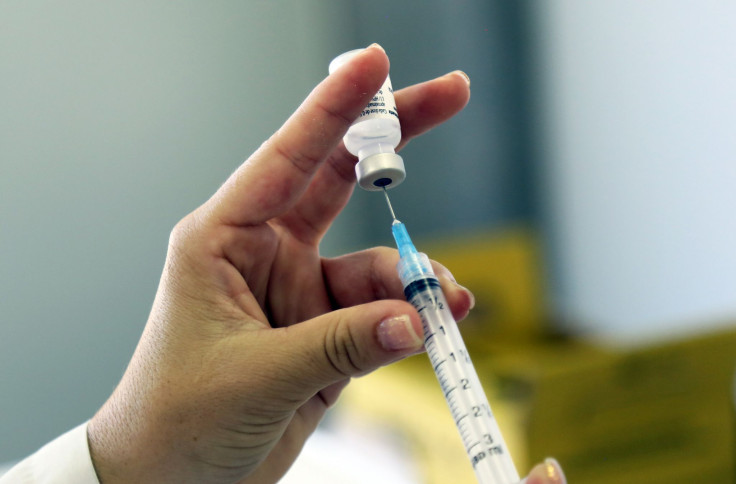The American Cancer Society Agrees With CDC: Young Boys Need The HPV Vaccine, Too

The HPV vaccine, which many may know by the brand name Gardasil, is commonly given to young girls at age 11. But new guidelines from the Center for Disease Control and Prevention (CDC) recommend that the vaccination be offered to both boys and girls between the ages of 11 and 12. To drive this idea home, the American Cancer Society (ACS) has endorsed this expansion of the vaccine’s target group after weighing new evidence that the vaccine is as important for boys as it is for girls, and can be administered well past puberty.
When the HPV vaccine was first licensed for use by the FDA in 2006, it was recommended just for young girls because of a lack of evidence the vaccine would be as effective in preventing HPV-related cancers in males as it is in females. However, this week the ACS has officially updated its 2007 guideline for HPV vaccinations to also include young boys in line with new recommendations from the CDC's Advisory Committee on Immunization Practices (ACIP) — a move that could usher in a new age in sexual health.
According to a recent statement, the complicated process for updating the ACS guidelines for the vaccine included a “methodologic assessment of the ACIP recommendations, a supplemental evidence review, a content review of the ACIP recommendations, approval of recommendations and endorsement statements by the ACS Guideline Development Group, review of the evidence report and endorsement manuscript by expert advisors, and finally approval... by the ACS National Board of Directors.”
The guidelines now suggest that routine HPV vaccination of all children should be initiated at age 11 or 12, although the vaccination series can be started beginning as early as age 9. Vaccination is also recommended for females ages 13 to 26 and for males aged 13 to 21 who have not been vaccinated previously or who have not completed the 3-dose series. The vaccine is given in three shots, with the second shot given one or two months after the first shot. A third shot is then given 6 months after the first.
Males 22 through 26 years old may also be vaccinated, although the new recommendations state that vaccinations at or after age 21 may not be as effective in preventing cancer as they would be for younger individuals.
HPV is a virus associated with causing the vast majority of cervical, vaginal, vulvar, anal, penile, and mouth and throat cancers. Expanding the scope of those who are eligible “has the potential to prevent tens of thousands of cancers and hundreds of thousands of pre-cancers each year," according to lead author Dr. Debbie Saslow, director of cancer control intervention for HPV vaccination and women's cancers, in a recent ACS statement.
These updates follow the publication of new research, which shows the importance of the vaccine for both genders. An English report from 2014 found that, although the vaccine is now available for both young boys and girls, vaccination rates among male populations seriously lag behind those for females.
The same is true stateside, and a report by the CDC found that the main reason parents do not get their young boys vaccinated is because it was not recommended by their health care provider, Health Day reported. The study found that parents also commonly cite a lack of understanding about the vaccine: 19 percent of parents felt the vaccine was not needed; 16 percent said they didn't know enough about it; and 7 percent had safety concerns, the report says.



























